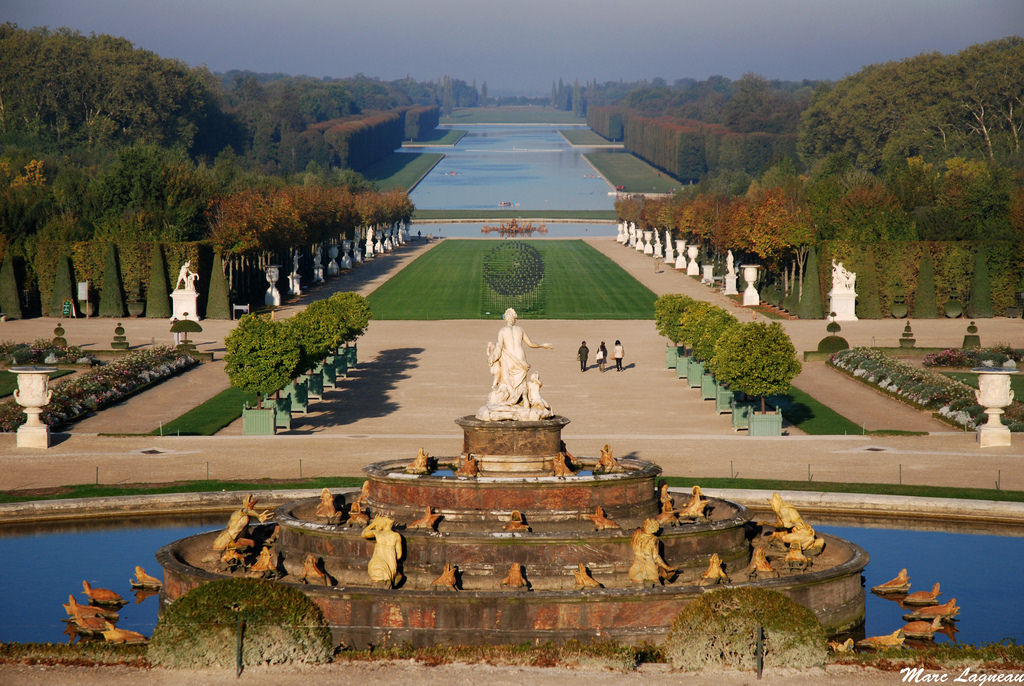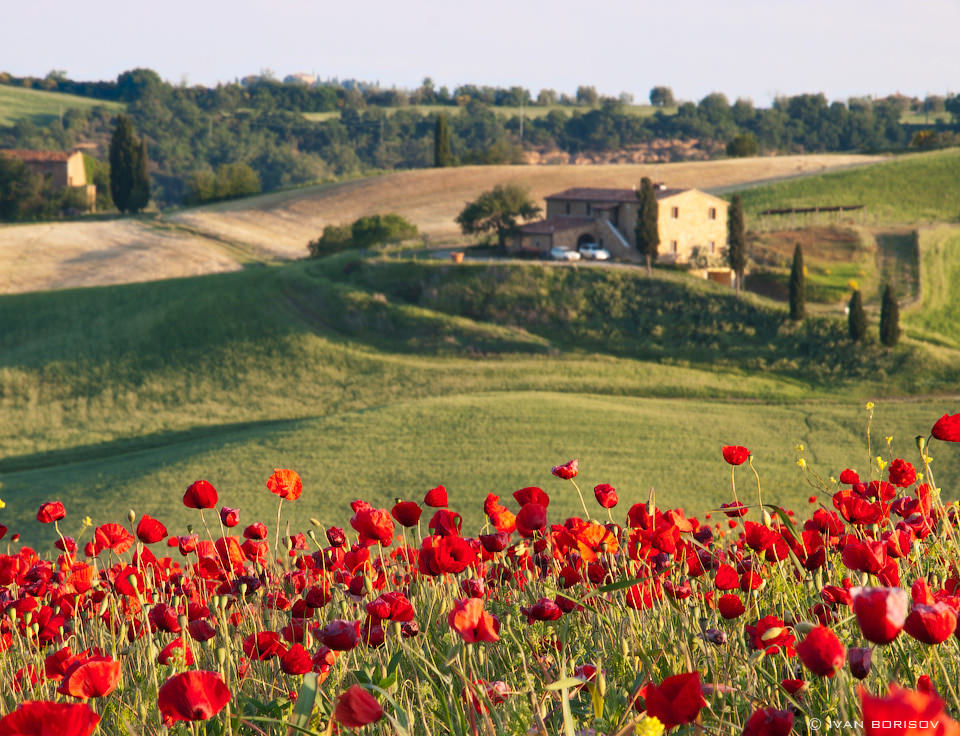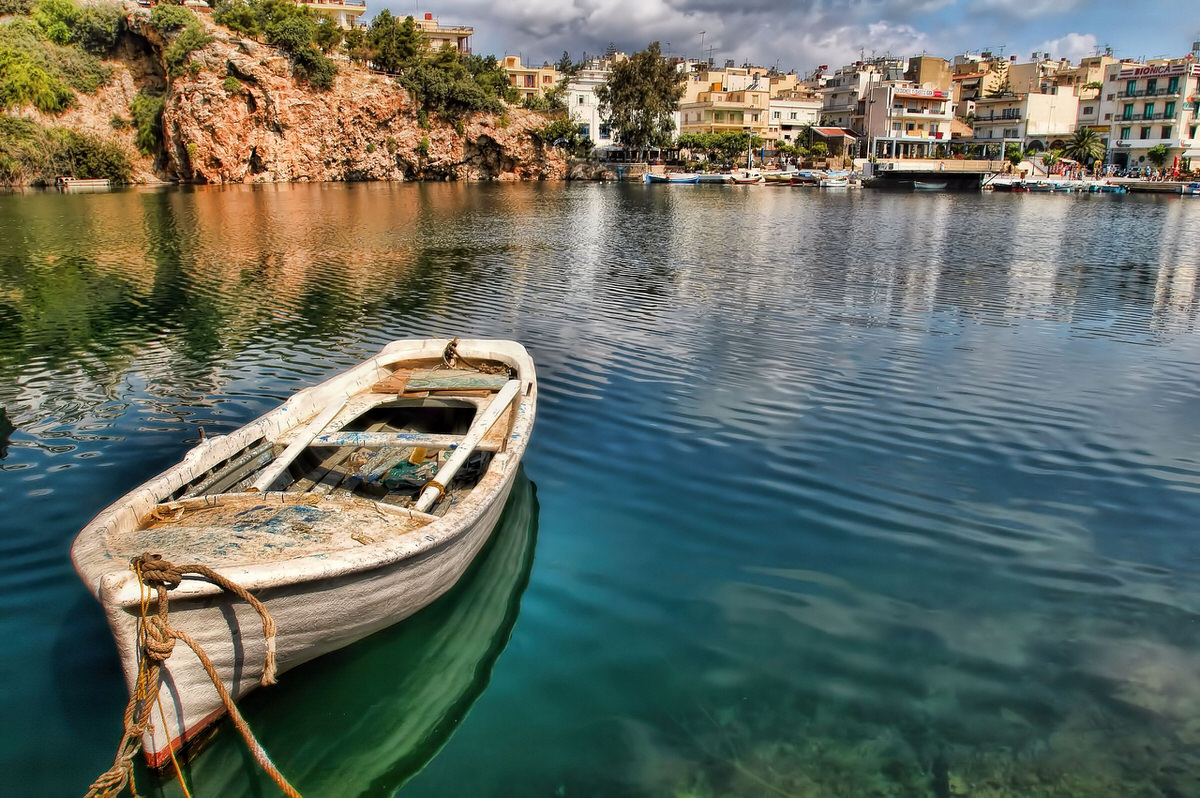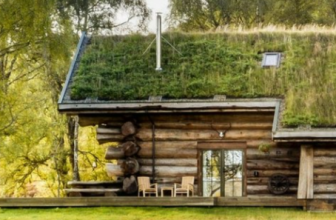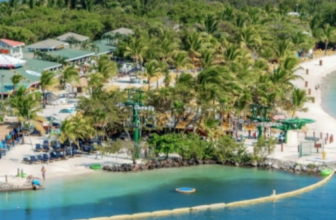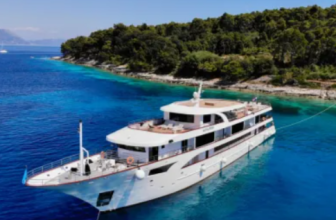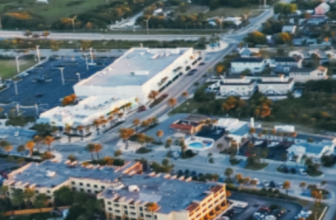Family-friendly adventures in Portugal
By Angela Youngman
Family-Friendly Destinations
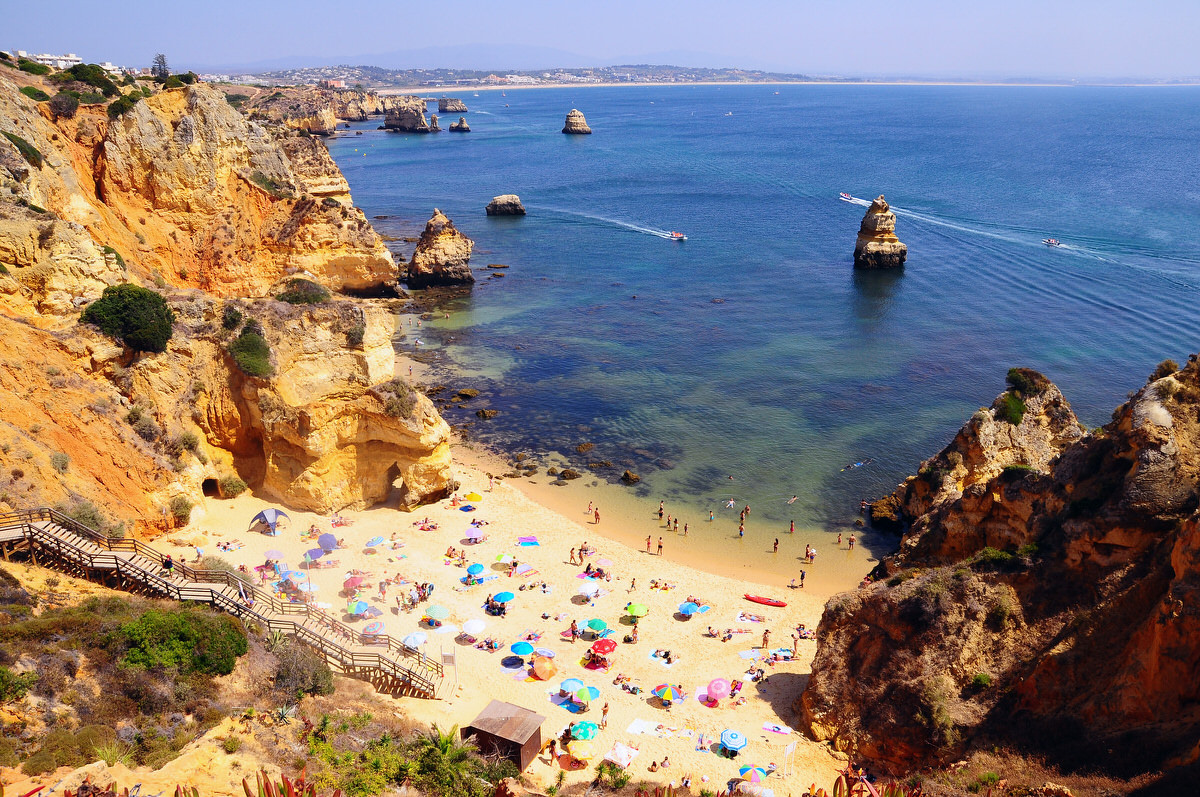
Algarve, Portugal (Flickr: Rodrigo Gómez Sanz)
Shallow lagoons in which salt lies slowly drying under the hot sun, flocks of flamingos, storks nesting on telegraph poles, cork being harvested high in the mountains – Portugal’s Algarve is a wondrous place to visit. Discovering the secrets of its inland marshes, mountains and forests involve jeep safaris into a hidden world where most tourists rarely go. For mile upon mile, there is nothing but trees, a few small farms and open countryside. Dusty, bumpy tracks sometimes ford small rivers where the water flies up around the jeep.
This is a Portugal that would have been familiar to people in ages past, and at times seems unaffected by modern life.
(MORE: Lisbon’s Most Kid-Friendly Attractions)
Explore a nature preserve
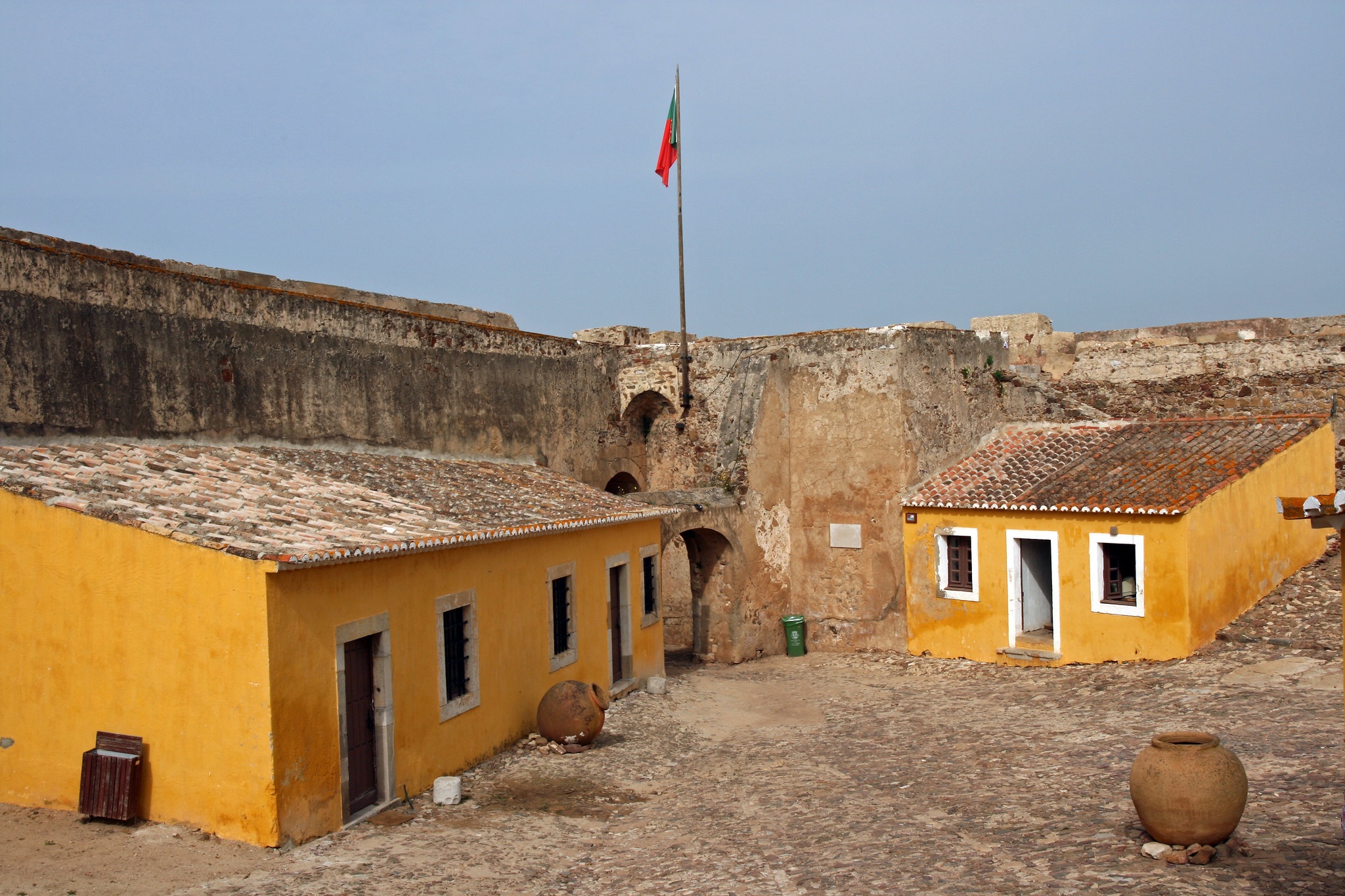
Medieval fort in Castro Marim (Flickr: Bert Kaufmann)
In the salt lagoons of the Castro Marim Nature Reserve, people can be seen harvesting the fresh salt piling it into mini mountains ready to be taken away. Flamingos and other water birds crisscross the lagoons searching for food.
As the jeep bounces its dusty way along rarely used tracks and off road across the countryside, the occasional farmers can be seen accompanied by donkeys carrying heaped panniers of oranges. The Moorish trail route takes you up steep hillsides, across rivers and into tiny villages where local craftsmen demonstrate age-old skills of basket making, finally reaching an end at a pretty farmhouse near the Guardiana River.
Relax at a farmhouse
A private swimming pool offers a chance to relax before enjoying a tasty farmhouse lunch accompanied by folk songs from the staff and jeep crews. The infectious, lively atmosphere quickly encourages you to clap along with the music. The great, carved eagle standing tall on the bar captures the attention of every child, as do the other carvings scattered around the room.
A short walk takes you down to the private mooring where a boat lies waiting for the return journey down to the coast. This river route is one that generations of people have used over the centuries. Broad and free flowing, the River Guardiana was the logical route for the Moorish invaders during the early middle ages as they took control of the Iberian Peninsula. Nowadays, it marks the border between Spain and Portugal.
The voyage lasts nearly an hour, with houses and people more frequently seen on the Spanish side of the river. Until quite recently, the only way to cross from one country to the other was by boat. Now, a modern bridge has been built, and as the boat passes under its massive spans you can see the river beginning to widen out as it reaches the sea.
Visit a small town
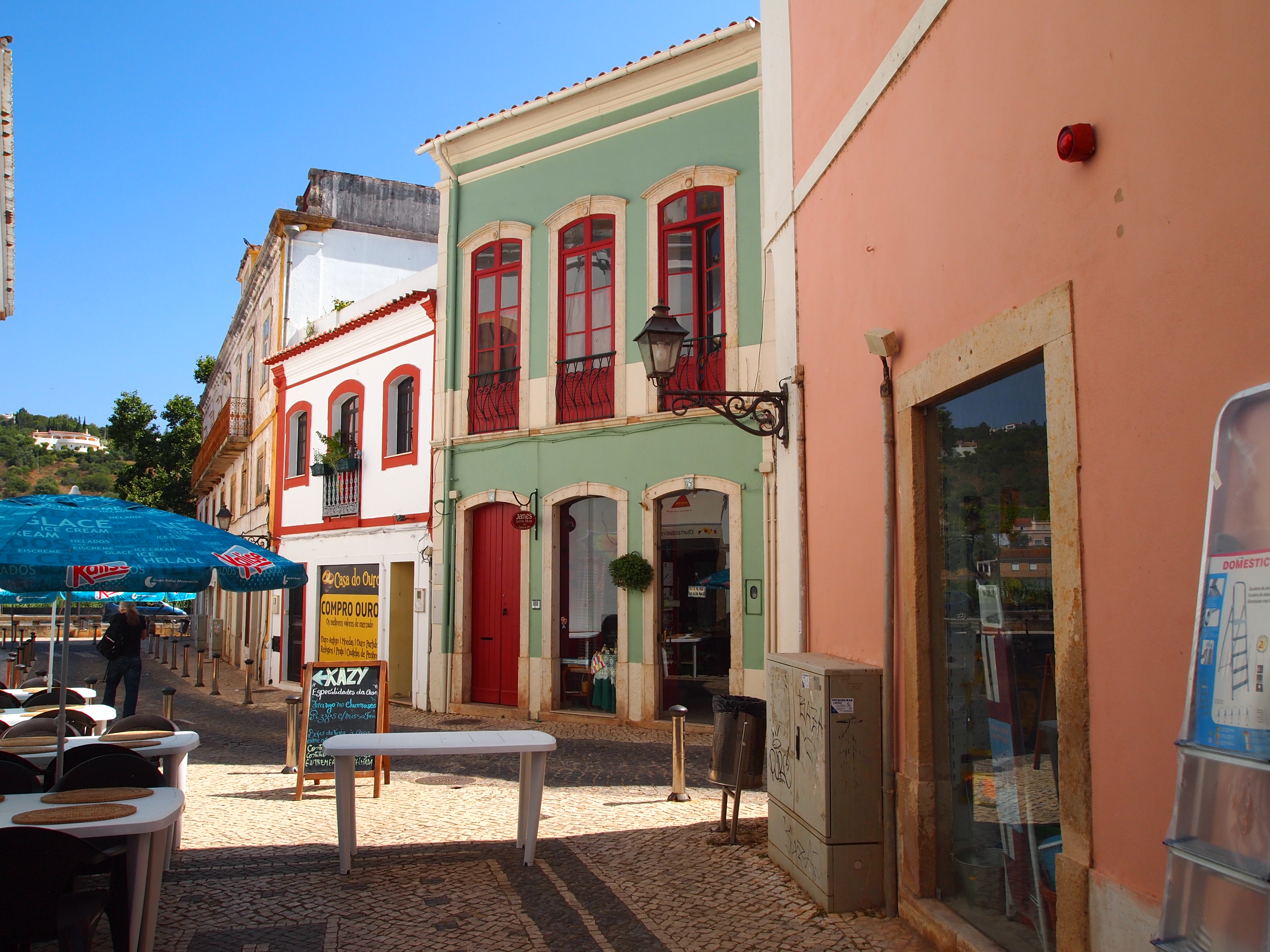
Local street in Silves (Photo: catbirdineurope)
Touring the Atlantic side of the Algarve offers a very different experience. Here there are groves of eucalyptus trees, lemon and orange trees as well as large forests of cork trees to be seen. Children are fascinated to be able to get out of the vehicle, touch the trees and discover how the bark is harvested. Storks can be seen nesting everywhere on telegraph poles, roofs and in trees. The pretty town of Silves has a wonderful red sandstone castle to explore and a massive statue of a Crusader Knight standing on guard outside. The high ramparts offer stunning views, but children need watching, as there is a steep drop on one side.
Everywhere you go, visitors are encouraged to look at the chimney pots above houses – these are highly distinctive, as they resemble tiny minarets in a variety of different styles.
(MORE: Go Now! Top 10 Historical Attractions to See in Europe)
Go up a mountain
The tour takes you high into the mountains at Montchique – the highest point in Portugal where snow has very occasionally been seen. A little spa town offers the opportunity to try local breads and explore a forest path, before heading for lunch at a local restaurant.
And finally, see Europe’s westernmost point
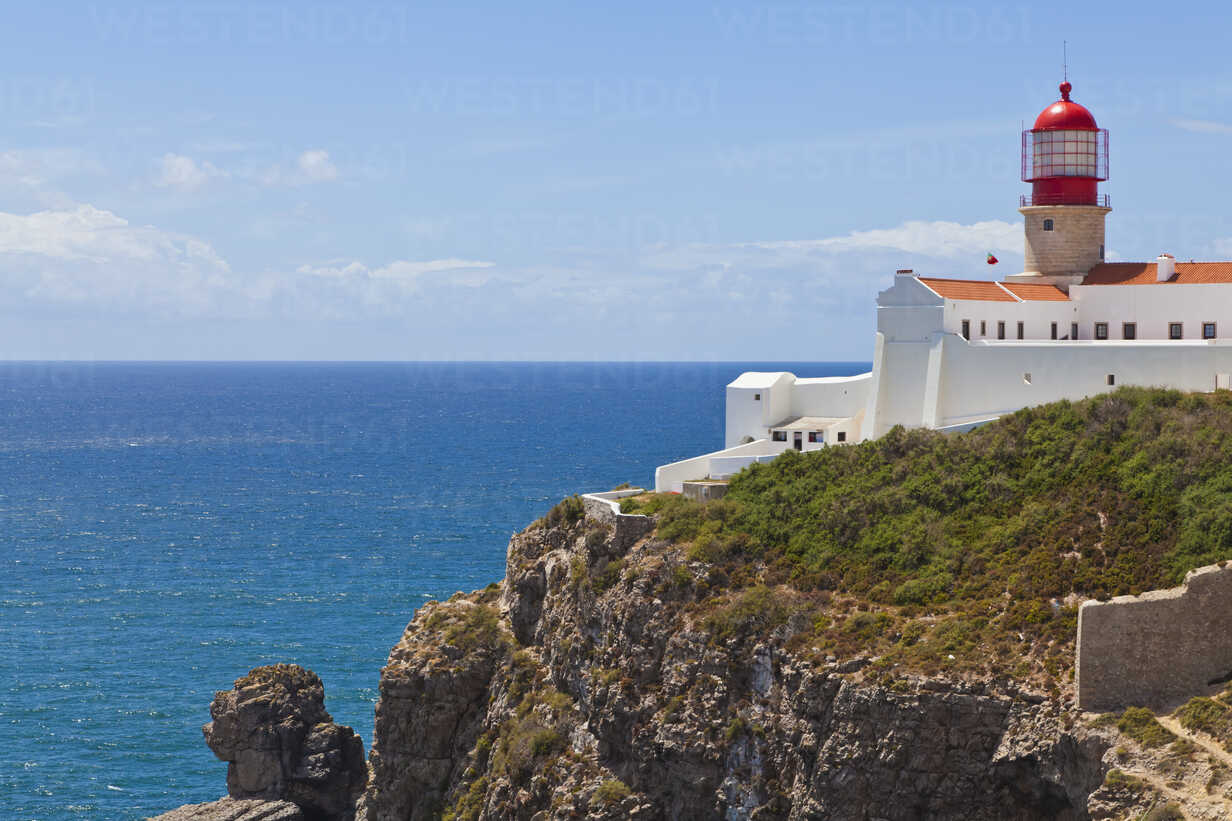
Lighthouse at Cape St. Vincent (Photo: Werner Dieterich)
Heading downwards the road leads onto a spectacular coastline of dramatic cliffs, untouched bays that form a national park where visitors are not allowed to stay overnight.
At Cape St. Vincent, children love sitting in a giant stone chair which dwarfs even adults. Somewhere in the vicinity was the great navigational school and port which assisted in the discovery of the New World – unfortunately it was so thoroughly destroyed by the English buccaneer Sir Francis Drake in the sixteenth century not a single remnant can be found!
This is the westernmost point of Europe – between here and the United States is nothing but the Atlantic Ocean.
Angela Youngman contributed this to MiniTime.

